Entry Category: Civil Rights and Social Change
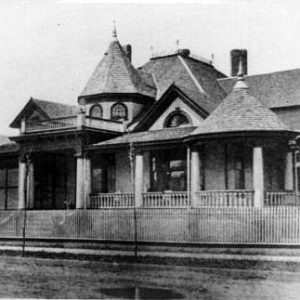 Lena Jordan Hospital
Lena Jordan Hospital
Josenberger, Mame Stewart
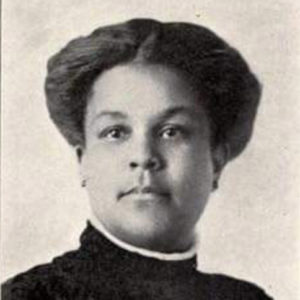 Mame Stewart Josenberger
Mame Stewart Josenberger
Just Communities of Arkansas (JCA)
Kaplan, Philip Edwin
Karlmark, Gloria Cecelia Ray
Kees, Willie (Lynching of)
 James Kennedy Lynching Article
James Kennedy Lynching Article
Key, Lee (Lynching of)
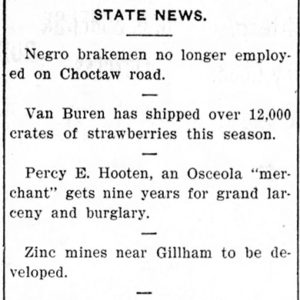 Lee Key Lynching Mention
Lee Key Lynching Mention
 Frank King Lynching Article
Frank King Lynching Article
King, Frank (Lynching of)
Kirkendall, Mose (Lynching of)
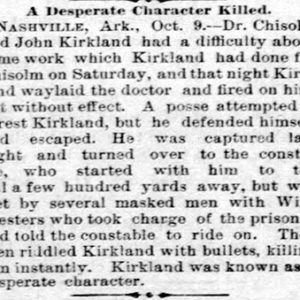 John Kirkland Lynching Story
John Kirkland Lynching Story
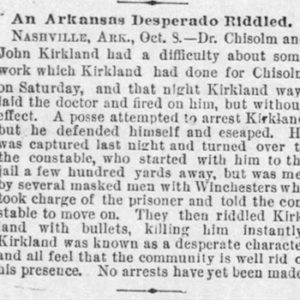 John Kirkland Lynching Story
John Kirkland Lynching Story
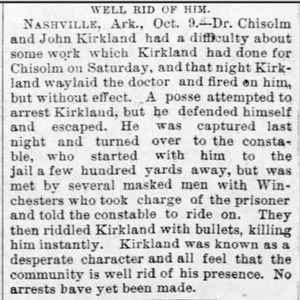 John Kirkland Lynching Story
John Kirkland Lynching Story
 KKK in Cabot
KKK in Cabot
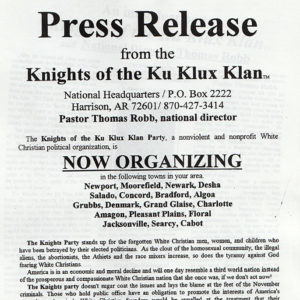 KKK Press Release
KKK Press Release
Knights of Labor
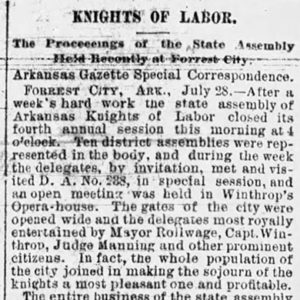 Knights of Labor Story
Knights of Labor Story
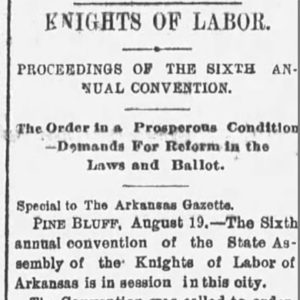 Knights of Labor Story
Knights of Labor Story
Kochiyama, Yuri
Ku Klux Klan (after 1900)
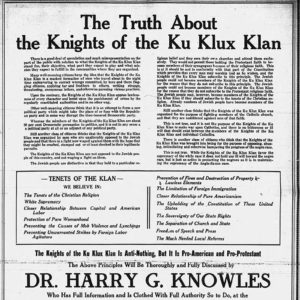 KKK Ad
KKK Ad
L. C. and Daisy Bates Museum
Labor Day Bombings of 1959
Lacey, Nathan (Lynching of)
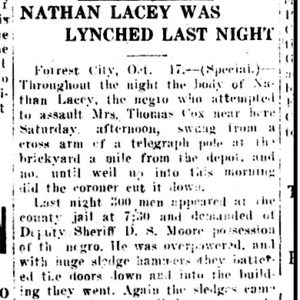 Nathan Lacey Lynching Article
Nathan Lacey Lynching Article
Lafayette County Lynching of 1859
Lake Nixon
 Lake Nixon
Lake Nixon
Lamb, Theodore Lafayette
Landlord-Tenant Laws
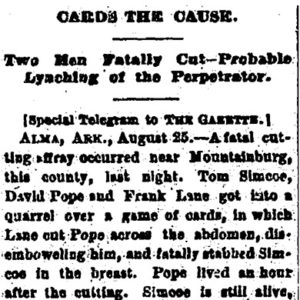 Frank Lane Lynching Article
Frank Lane Lynching Article
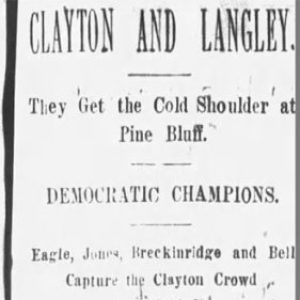 Langley and Clayton Campaign
Langley and Clayton Campaign
Langley, Isom P.
LaNier, Carlotta Walls
Larkin, Hill (Lynching of)
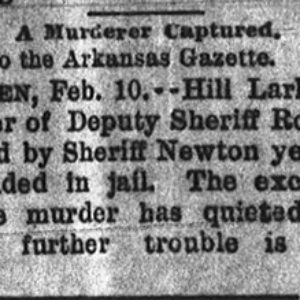 Hill Larkin Lynching Article
Hill Larkin Lynching Article
 Jack Lavey
Jack Lavey
Lavey, John Thomas “Jack”
League of Women Voters of Arkansas
aka: Arkansas League of Women Voters
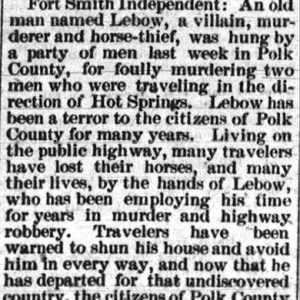 Lebow Lynching Article
Lebow Lynching Article
 Brownie Ledbetter in Germany
Brownie Ledbetter in Germany
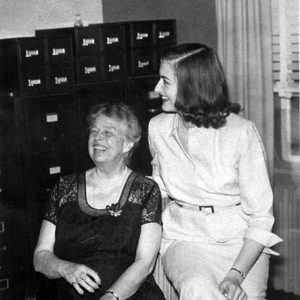 Brownie Ledbetter
Brownie Ledbetter
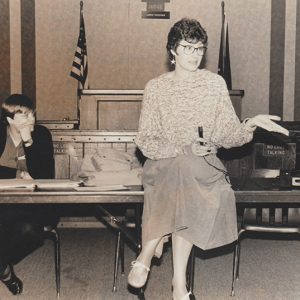 Brownie Ledbetter
Brownie Ledbetter
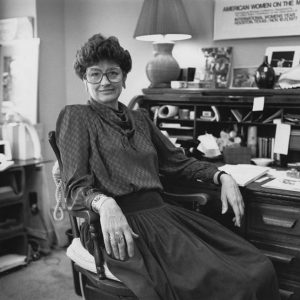 Brownie Ledbetter
Brownie Ledbetter
 Brownie Ledbetter
Brownie Ledbetter




